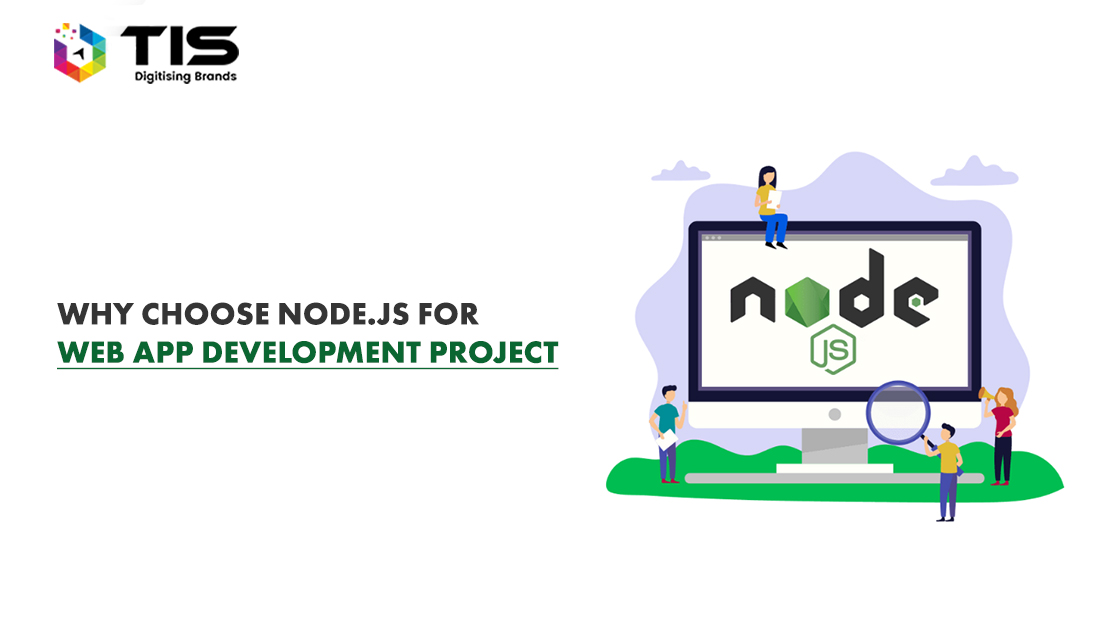The 23rd World Insights
Exploring the untold stories and events from around the globe.
Node.js: The Secret Sauce for Scalable Apps
Unlock the secret to building scalable apps with Node.js! Discover tips, tricks, and best practices that top developers swear by.
Understanding Asynchronous Programming in Node.js: Key to Scalability
Asynchronous programming is a core feature of Node.js that enables developers to write efficient, non-blocking code. This programming model allows multiple operations to be executed simultaneously without waiting for each to complete, making it particularly useful for I/O-bound tasks such as web requests, file reading, and database operations. By leveraging callbacks, promises, and async/await syntax, Node.js extends its capabilities to manage concurrency effectively. This approach is crucial for building scalable applications that can handle numerous requests without exhausting resources, ensuring an optimal user experience even under high load.
In contrast to traditional blocking models, where each operation must complete before the next begins, asynchronous programming in Node.js promotes better resource utilization. For instance, when a server receives multiple incoming requests, it can initiate processing for one while waiting for others to complete, thus maximizing throughput. This model is further enhanced by the event-driven architecture of Node.js, which utilizes an event loop to manage execution flow. By understanding and implementing asynchronous programming principles, developers can unlock the full potential of Node.js, paving the way for increasingly scalable and responsive applications.

How Node.js Handles Concurrency: The Event Loop Explained
Node.js is renowned for its ability to handle concurrent operations efficiently, all thanks to its innovative event loop mechanism. Unlike traditional multi-threaded architectures that spawn separate threads for each connection, Node.js employs a single-threaded model that utilizes non-blocking I/O calls. This means that while one operation is being performed, the event loop can continue to process other requests. This architecture significantly improves the throughput of applications, allowing them to handle thousands of simultaneous clients without the overhead of managing multiple threads.
The event loop operates in a cyclical manner, continuously checking for events and executing corresponding callbacks. When an asynchronous operation is initiated, such as a file read or a network request, Node.js offloads these tasks to the system. Upon completion, the event loop picks up the response and queues the associated callback function for execution. This model exemplifies how Node.js efficiently manages concurrency, ensuring minimal latency and high performance, making it a favorable choice for real-time applications and services.
Top 5 Reasons Why Node.js is Ideal for Building Scalable Applications
Node.js has become a favorite among developers for building scalable applications due to its asynchronous nature. This allows for handling multiple connections simultaneously, making it especially ideal for applications that expect high traffic or data-intensive operations. Non-blocking I/O enables Node.js to perform efficiently, allowing developers to process numerous requests in a short time without getting bogged down by any single task. This means that user experience remains smooth, even under heavy loads, which is essential for modern web applications.
Another key advantage of using Node.js for scalable applications is its robust ecosystem facilitated by npm (Node Package Manager). With a vast repository of libraries and modules, developers can easily incorporate existing solutions into their projects rather than reinventing the wheel. This accelerates the development process and enables quick scaling of applications as new features or capabilities are required. Additionally, the JavaScript language—used both for client-side and server-side—allows for a unified development experience, reducing context-switching and enhancing team productivity.